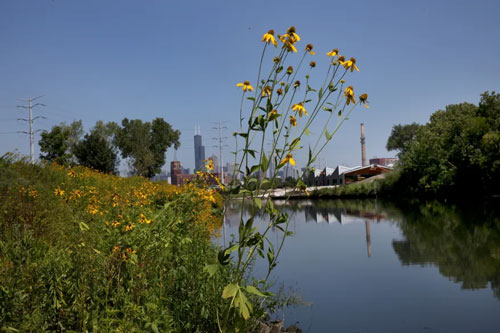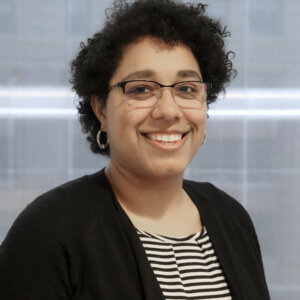Letters: Keep Chicagoans part of the conversation for a Bubbly Creek pedestrian bridge

This op-ed first appeared in the Chicago Tribune on March 05, 2021.
Not long ago, most Chicagoans would have scoffed at the idea of building a walkway over Bubbly Creek, which for decades literally bubbled with pollution. Cleanup efforts have changed that: Today, hundreds of Chicagoans live near the South Side creek, and the adjacent Eleanor Street Boathouse provides rowers with waterfront access. As Chicago and Illinois’ departments of transportation begin a feasibility study of a pedestrian bridge there, we encourage the city and state to conduct a more robust engagement process that includes city residents, who originally envisioned the bridge.
Not long ago, most Chicagoans would have scoffed at the idea of building a walkway over Bubbly Creek, which for decades literally bubbled with pollution.
In 2019, the South Branch Park Advisory Council — with the Metropolitan Planning Council, Active Transportation Alliance, Friends of the Chicago River, Cannon Design and SmithGroup — released the South Branch Parks Framework Plan. The plan envisions a connected park system along the Chicago River’s South Branch, focused on the area that converges with Bubbly Creek and the Sanitary and Ship Canal. During the yearlong planning process, more than 500 community residents, predominantly from Bridgeport and Pilsen, shaped recommendations to strengthen local communities, and improve connections between parks and communities along the South Branch. Among those recommendations is the ambitious idea to build a pedestrian bridge over Bubbly Creek.
The bridge would improve access to nearby transit options like the Ashland Orange Line stop and Ashland Avenue buses, and better connect residents to local parks, shopping districts and other neighborhoods. We are pleased that CDOT and IDOT are studying the feasibility of the bridge. To date, the process has not only included community residents but also stakeholder organizations, city departments and local elected officials. In the coming months and years, even more robust stakeholder engagement will identify why and how this bridge should be built.
Chicago residents deserve to have their input heard by city and state decision-makers, and this process will provide that opportunity. Since the plan was released, two developments have been approved in the planning area, but they did not take local community feedback into consideration before receiving city approval. Chicago residents have grown weary of this practice. We are working to change the narrative and outcomes related to development in our communities and along the Chicago River. We can and must do better, not just for local residents, but for the future of the Chicago River and all Chicagoans.
